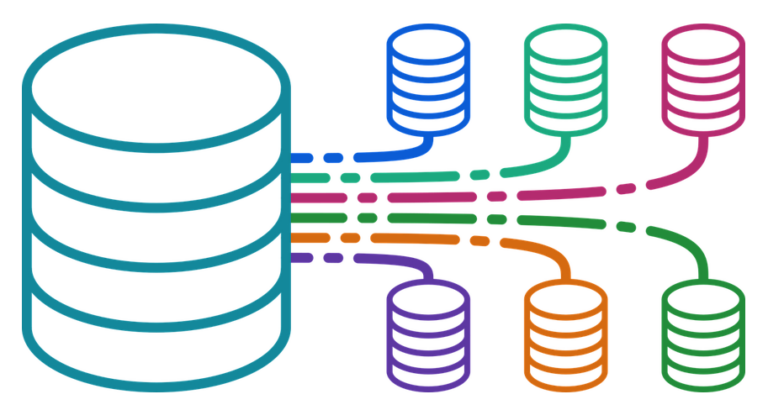C-suite: A comparison of responsibilities
The C-suite is a term used to refer to the top-level executives of a company. These executives are responsible for the overall management of the company and its operations. The specific responsibilities of each C-suite executive vary depending on the size and industry of the company, but there are some common responsibilities that all C-suite executives share.
Chief Operating Officer (COO)
The COO is responsible for the day-to-day operations of the company. They work closely with the CEO to implement the company’s strategic plan and ensure that the company is running smoothly. The COO is also responsible for managing the company’s resources, such as its people, money, and equipment.
Chief Financial Officer (CFO)
The CFO is responsible for the financial management of the company. They oversee the company’s accounting, budgeting, and financial reporting. The CFO is also responsible for ensuring that the company is financially sound and that it has the resources it needs to operate.
Chief Information Officer (CIO)
The CIO is responsible for the company’s information technology (IT) systems. They oversee the development, implementation, and maintenance of the company’s IT infrastructure. The CIO is also responsible for ensuring that the company’s IT systems are secure and that they meet the company’s needs.
Chief Marketing Officer (CMO)
The CMO is responsible for the company’s marketing and branding efforts. They develop and execute marketing strategies that will help the company reach its target market and achieve its sales goals. The CMO is also responsible for building and managing the company’s brand.
Chief Technology Officer (CTO)
The CTO is responsible for the company’s technology strategy. They develop and implement technology solutions that will help the company improve its operations and products. The CTO is also responsible for ensuring that the company’s technology is secure and that it meets the company’s needs.
Chief Human Resources Officer (CHRO)
The CHRO is responsible for the company’s human resources (HR) department. They oversee the recruitment, hiring, training, and development of the company’s employees. The CHRO is also responsible for ensuring that the company’s HR policies and procedures are compliant with all applicable laws and regulations.
Chief Administrative Officer (CAO)
The CAO is responsible for the company’s administrative functions. They oversee the company’s office operations, such as facilities management, IT support, and legal affairs. The CAO is also responsible for ensuring that the company’s administrative functions are efficient and effective.
Chief Compliance Officer (CCO)
The CCO is responsible for ensuring that the company complies with all applicable laws and regulations. They develop and implement compliance programs that will help the company avoid legal problems. The CCO is also responsible for training employees on the company’s compliance policies and procedures.
Chief Data Officer (CDO)
The CDO is responsible for the company’s data management strategy. They develop and implement data governance policies and procedures that will help the company protect its data and use it to make informed decisions. The CDO is also responsible for ensuring that the company’s data is accurate and reliable.
Chief Knowledge Officer (CKO)
The CKO is responsible for the company’s knowledge management strategy. They develop and implement knowledge management policies and procedures that will help the company capture, store, and share its knowledge. The CKO is also responsible for ensuring that the company’s knowledge is used to improve its operations and products.
Chief Investment Officer (CIO)
The CIO is responsible for the company’s investment strategy. They oversee the company’s investments in stocks, bonds, and other assets. The CIO is also responsible for ensuring that the company’s investments are aligned with its risk tolerance and financial goals.
Chief Product Officer (CPO)
The CPO is responsible for the company’s products. They develop and launch new products, manage the company’s product portfolio, and ensure that the company’s products meet the needs of its customers. The CPO is also responsible for ensuring that the company’s products are profitable.
Chief Security Officer (CSO)
The CSO is responsible for the company’s security. They develop and implement security policies and procedures that will help the company protect its assets, such as its data, intellectual property, and employees. The CSO is also responsible for responding to security incidents.
Final Thoughts
These are just some of the common responsibilities of the C-suite executives. The specific responsibilities of each executive will vary depending on the size and industry of the company. However, all C-suite executives play an important role and report to the Chief Executive Officer (CEO).




